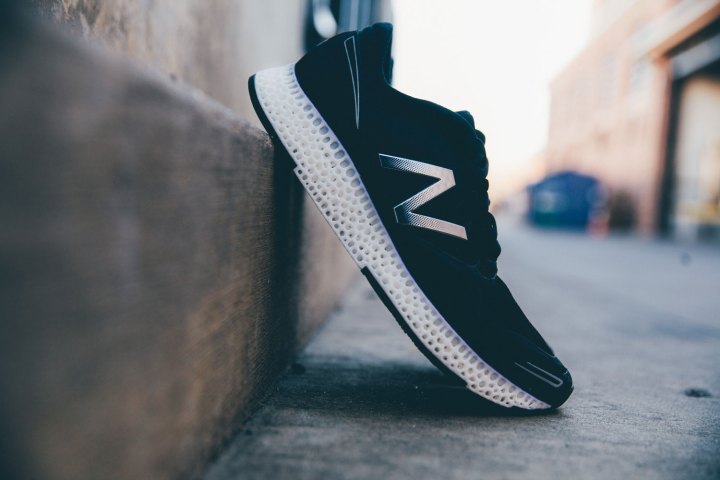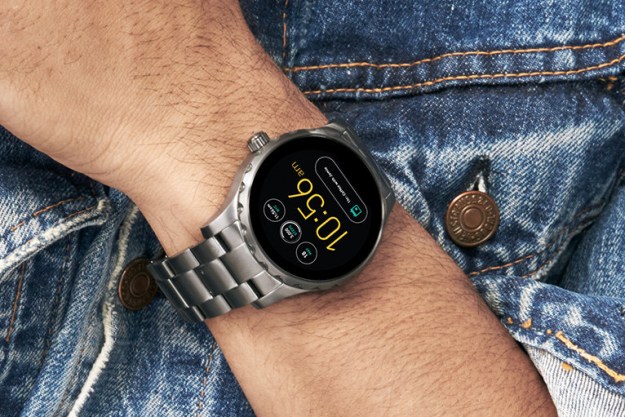
The as yet unnamed watch will be primarily aimed at runners, and feature GPS so it can track routes, plus provide enough storage space for music, which can be played back without the need to carry a smartphone at the same time. Intel will provide the power, just like it does with the Fossil and the TAG Heuer watch. New Balance is also working with Google, along with app developers behind Strava and Zepp, to produce the smartwatch.
Strava’s involvement will see the creation of the New Balance Run Club, a social network designed to bring runners together, organize events, and for runners to share accomplishments. The Run Club will launch in early 2016 in the U.S., with Europe and Asia coming soon afterwards.
New Balance’s Digital Sport division is also working on embedded technology, where fitness-related sensors will be built into items of clothing and footwear — we’ve seen Chinese brand Li Ning do something similar with Xiaomi’s input — plus produce more performance orientated products. Details are slim on this, but New Balance talks about a “micro-fob” that will sense, analyze, and report on athletic ability.
The smartwatch is the first product expected from New Balance Digital Sport, but we’re going to need some patience, as it’s slated for the 2016 holiday season. That means we’ve got at least nine or ten months before we get our first official look. New Balance isn’t the first fitness brand to examine wearable tech, and it follows in Nike, Adidas, and even Under Armour’s footsteps.




